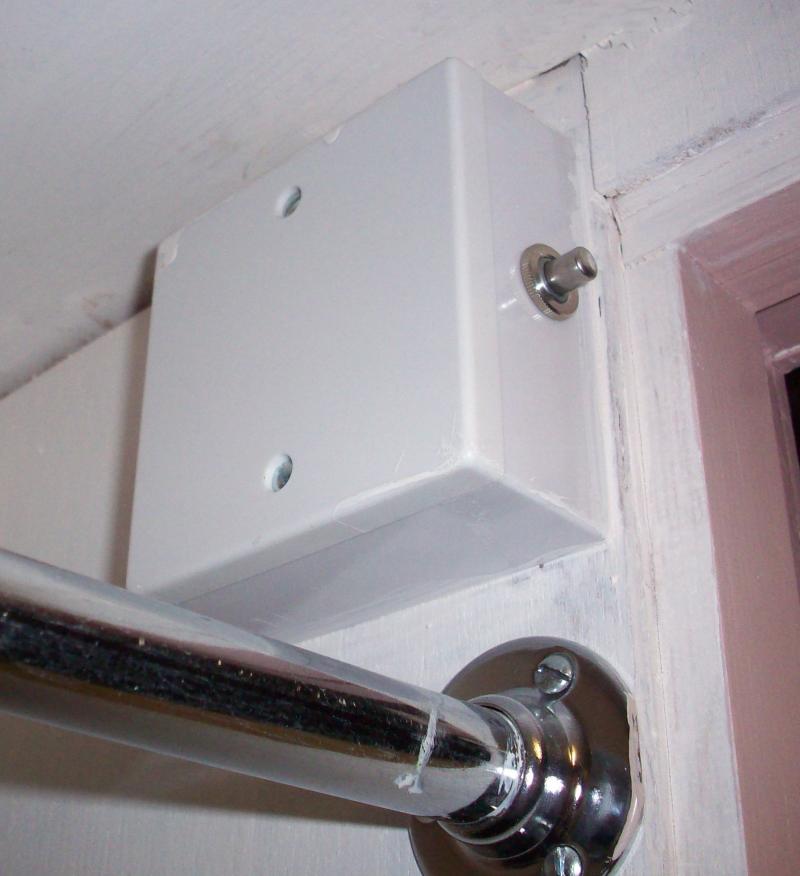Doesn't it depend on whether you draw the stem as one line or two?To use the term to refer to circuits connected in parallel is clearly the creation of confusion (and possibly danger) whereby misuse becomes practice which becomes procedure.
Daisy-chaining circuits should only ever be considered as circuits connected in series.
Where is the neutral if a daisy-chain represents in series?



